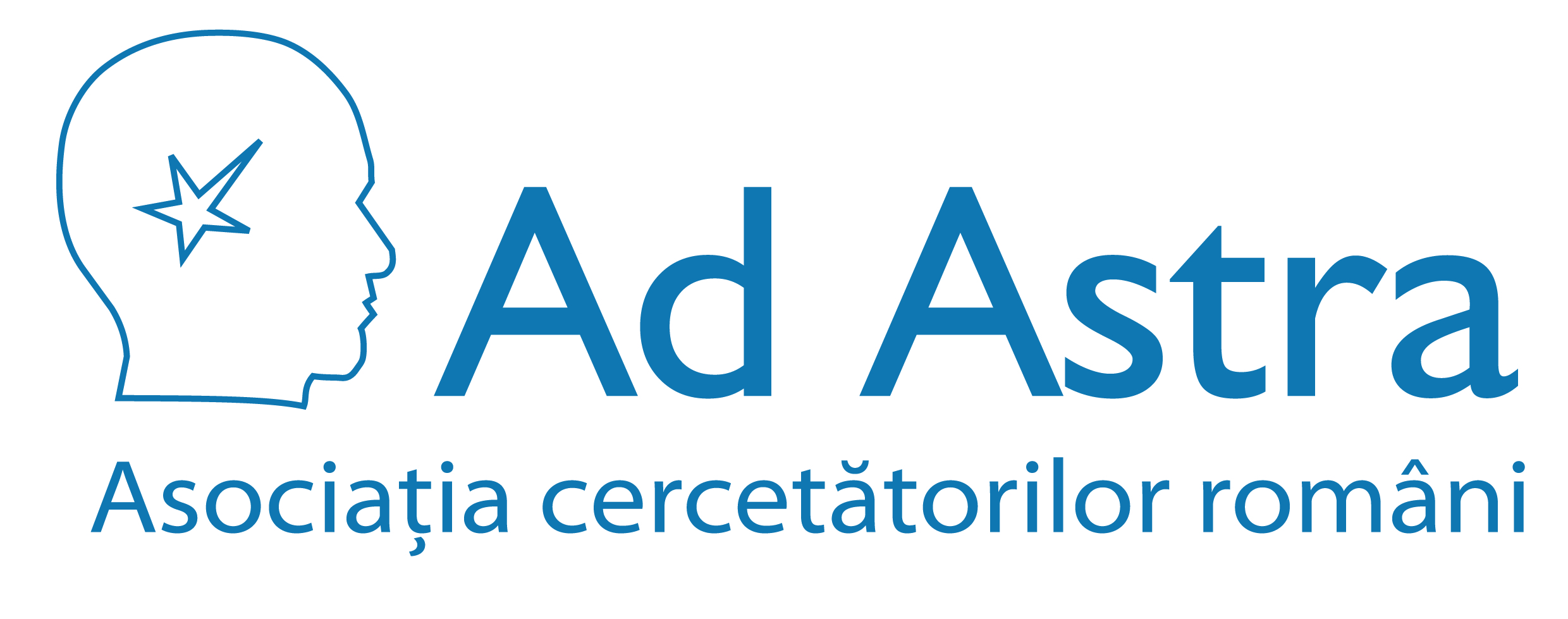Scopul nostru este sprijinirea şi promovarea cercetării ştiinţifice şi facilitarea comunicării între cercetătorii români din întreaga lume.
Staff Login
The amniote primitive streak is defined by epithelial cell intercalation before gastrulation
Domenii publicaţii > Biologie + Tipuri publicaţii > Articol în revistã ştiinţificã
Autori: Voiculescu O, Bertocchini F, Wolpert L, Keller RE, Stern CD
Editorial: Nature, 449, p.1049-52, 2007.
Rezumat:
During gastrulation, a single epithelial cell layer, the ectoderm, generates two others: the mesoderm and the endoderm. In amniotes (birds and mammals), mesendoderm formation occurs through an axial midline structure, the primitive streak, the formation of which is preceded by massive ‘polonaise’ movements of ectoderm cells. The mechanisms controlling these processes are unknown. Here, using multi-photon time-lapse microscopy of chick (Gallus gallus) embryos, we reveal a medio-lateral cell intercalation confined to the ectodermal subdomain where the streak will later form. This intercalation event differs from the convergent extension movements of the mesoderm described in fish and amphibians (anamniotes): it occurs before gastrulation and within a tight columnar epithelium. Fibroblast growth factor from the extraembryonic endoderm (hypoblast, a cell layer unique to amniotes) directs the expression of Wnt planar-cell-polarity pathway components to the intercalation domain. Disruption of this Wnt pathway causes the mesendoderm to form peripherally, as in anamniotes. We propose that the amniote primitive streak evolved from the ancestral blastopore by acquisition of an additional medio-lateral intercalation event, preceding gastrulation and acting independently of mesendoderm formation to position the primitive streak at the midline.
Cuvinte cheie: gastrulation, morphogenesis, evolution, body plan
URL: http://www.nature.com/nature/journal/v449/n7165/abs/nature06211.html

